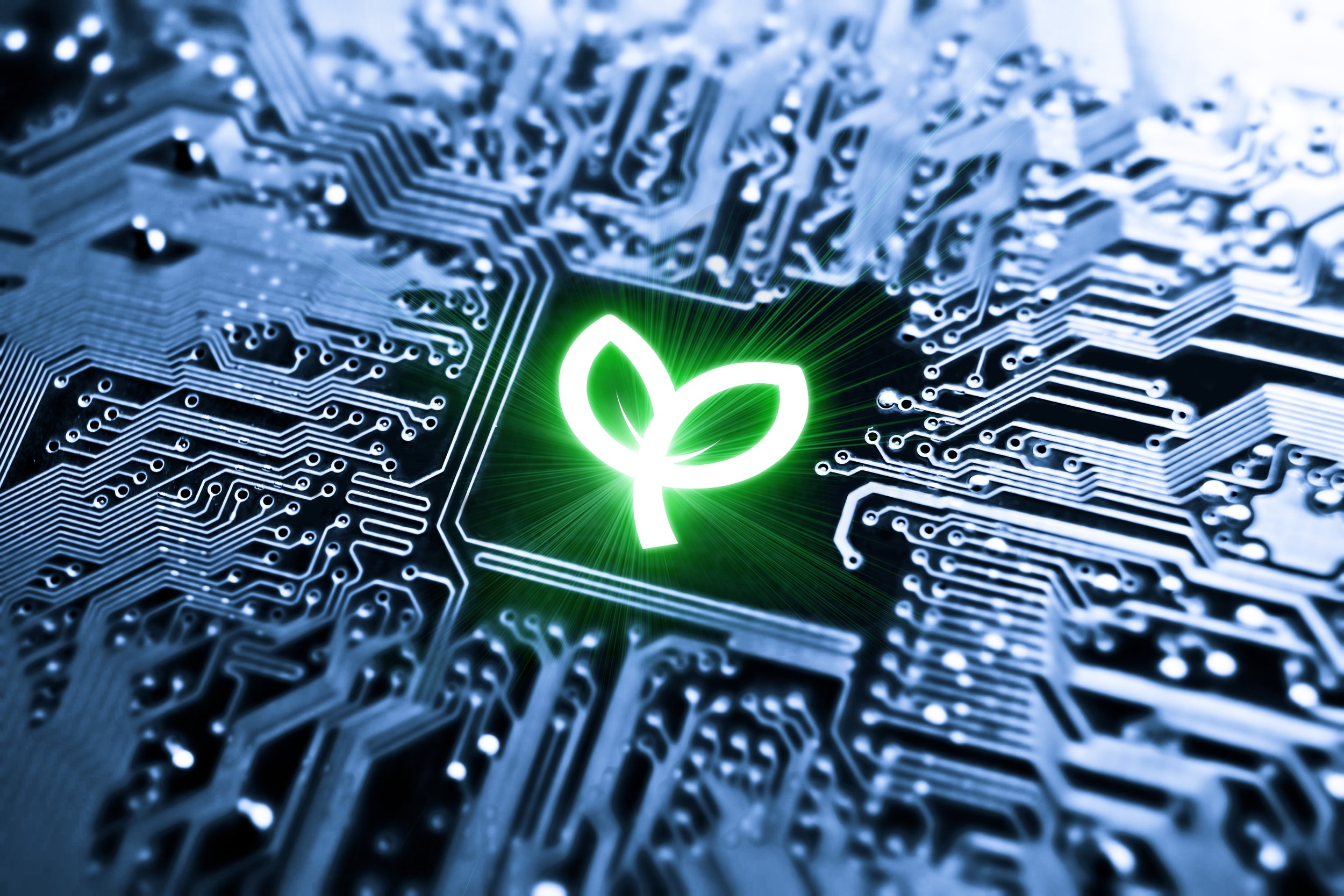What is Ferro4EdgeAI?
Scalable, Ferroelectric-based Accelerators for Energy Efficient Edge Artificial Intelligence
Ferro4EdgeAI is a Horizon Europe funded 4-year project coordinated by the Commissaritat à l’Energie Atomique (French Atomic Energy Authority) CEA and was launched on the 1st of January 2024. The Ferro4EdgeAI consortium consists of 12 leading international research institutions and industrialists in microelectronics and cross-sector partners from 6 countries committed to developing an ultra-low power, scalable Edge accelerator for AI.
“This project represents a significant step in integrating ferroelectric based electronics, which we call Ferroelectronics, for low-power, high-efficiency Edge AI applications, specifically for the use cases of voice and image recognition”
Ferro4EdgeAI potentially represents a leap forward in Edge AI technology. The project focuses on developing scalable ferroelectric-based accelerators, designed to significantly enhance the energy efficiency of artificial intelligence at the edge. We are pioneering a unique approach that integrates memory-augmented neural networks with low-cost, high-density, multi-level Back End of Line (BEoL) integrated ferroelectric (FE) technology.
We hope that the optimisation of this technology all along the value chain will achieve an unprecedented 2500x increase in energy efficiency, surpassing current CMOS accelerators and setting new standards in AI hardware.
What is Edge AI Technology?
Data permeates every aspect of our daily life. Our surroundings continually sense human behaviour while literally billions of devices probe our environment to inform and assist in navigating our world. This generates an immense amount of information to be rapidly processed, analysed and interpreted, enabling autonomous decision-making stimulating the deployment of Artificial intelligence (AI) in real applications. Since then, AI has evolved into a technology for a wide range of purposes, impacting all walks of the economy and society in general. AI is widely applied in sectors such as medical, finance, security, education, transportation, and logistics. It acts as a driving force to economic and social development and is at the forefront of the technological and industrial transformation.
With the rise of the Internet-of-Things (IoT), a huge market for smart edge-devices is foreseen requiring more local storage, computational capacity and intelligence. The IoT-edge partnership will revolutionise data computing and provide leverage to harness the power of data analytics in developing cost- and energy-efficient solutions for many societal applications (e.g., personalised healthcare, smart agrifood, smart homes). The chipset market is already bigger than that of the cloud/data-centres. Clearly, deployment of AI at the edge will be vital for smart edge-devices.
Achieving energy-efficient smart edge computing is only possible using a holistic approach where different mechanisms are integrated in order to collaborate across the design-stack layers. The unique feature and characteristics of FE technology will be fully explored in the light of the targeted applications / use cases to realise so-called system-technology co-optimisation (STCO). STCO is a revolution that fundamentally meets the need to step out of our traditional ‘general purpose’ technology offering by instead embracing the fact that optimal solutions are driven by application-specific requirements of workloads such as AI, while exploring the unique features of the device and materials.
Through these innovations, we aim to significantly improve the capabilities and efficiency of Edge AI technologies, paving the way for more sophisticated and energy-efficient devices.




